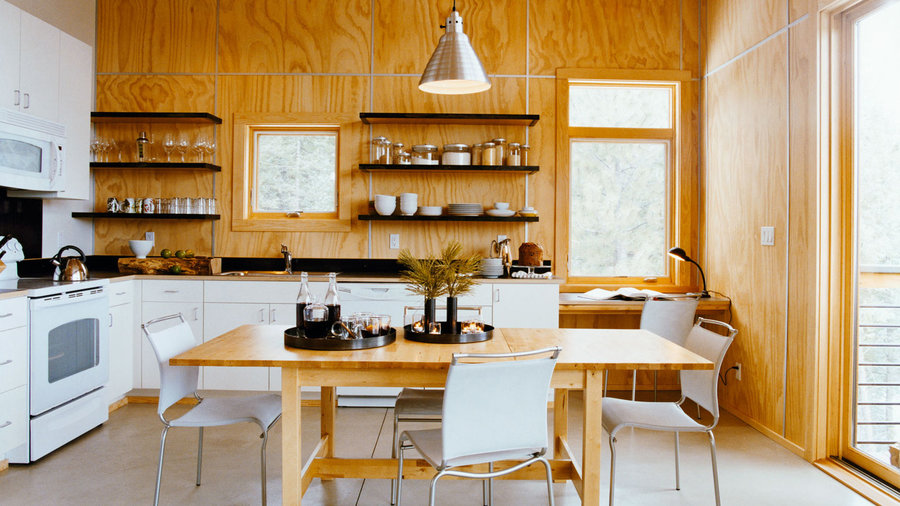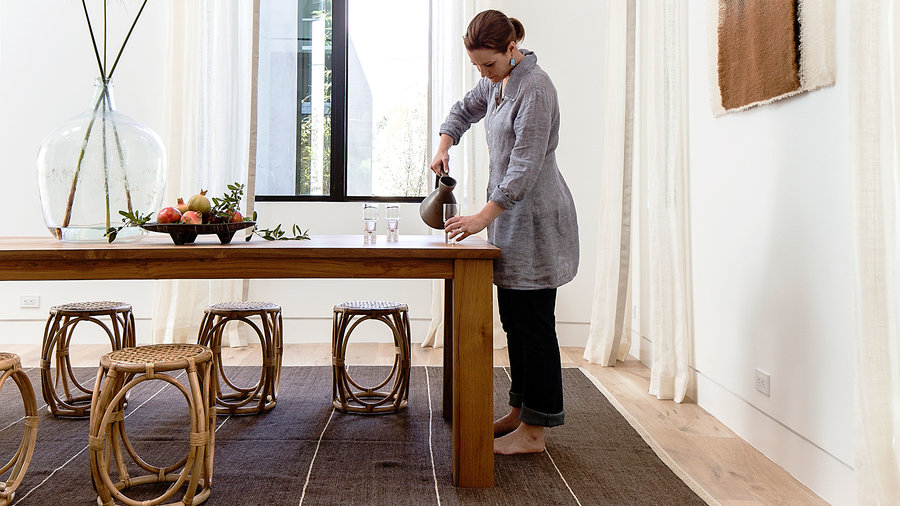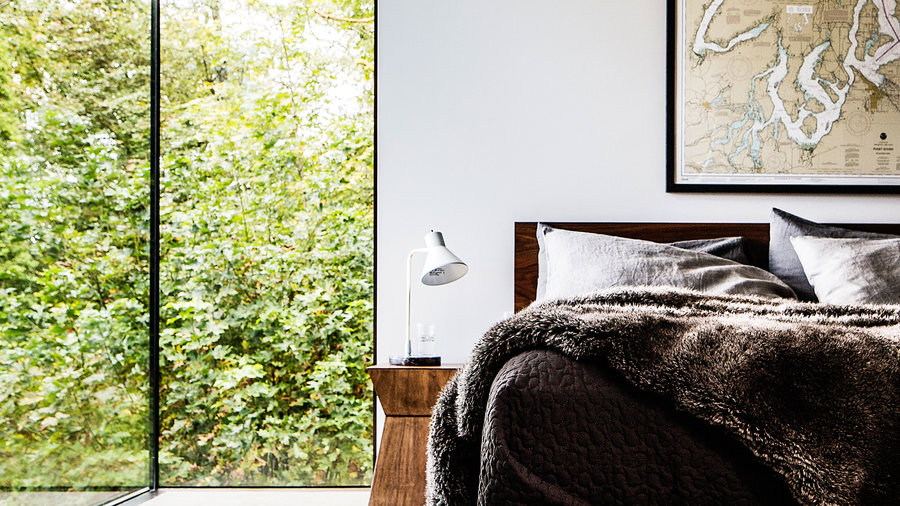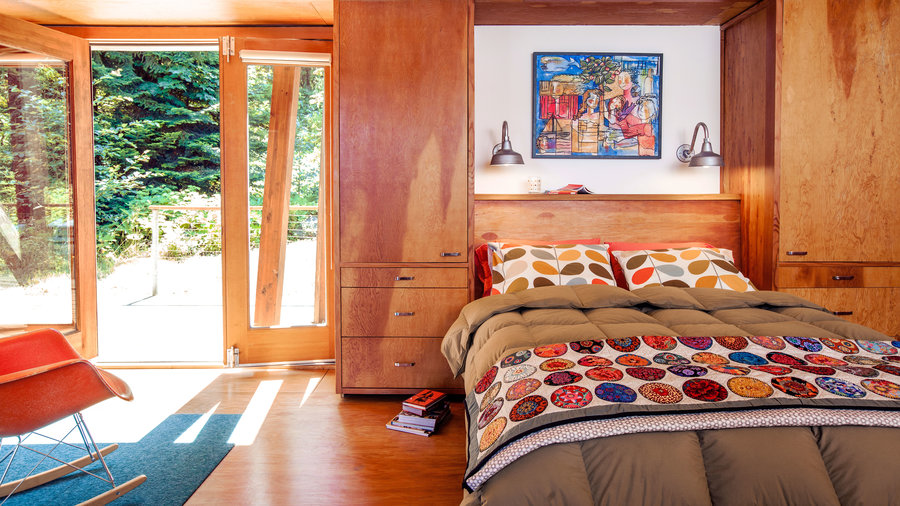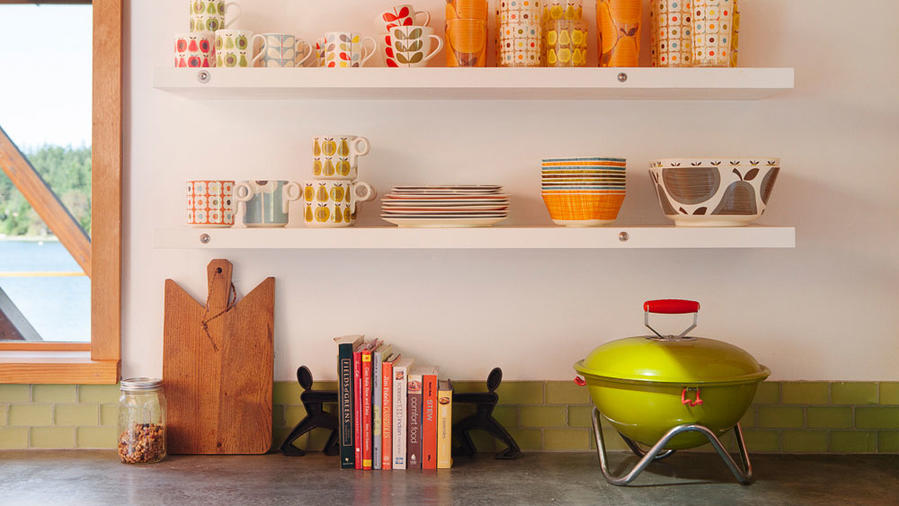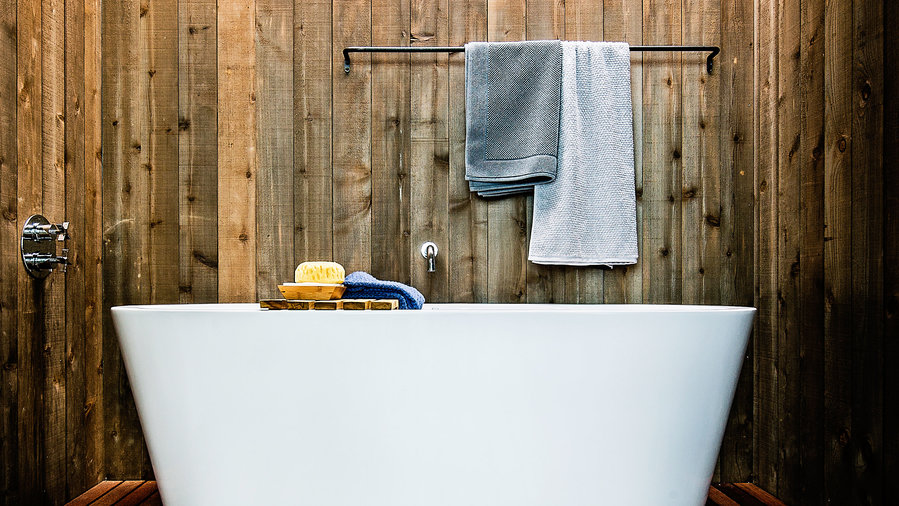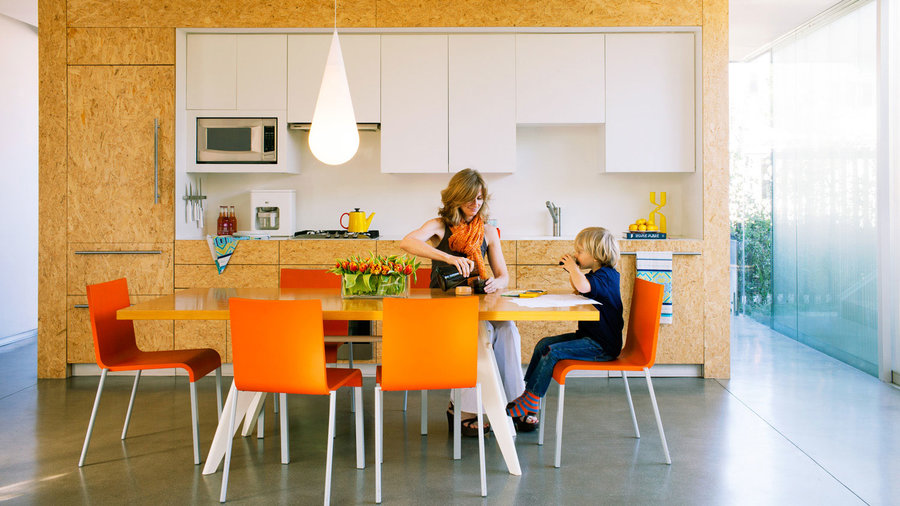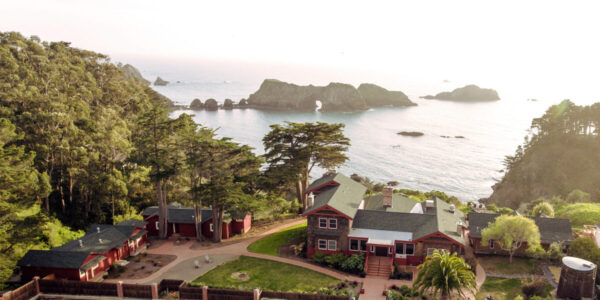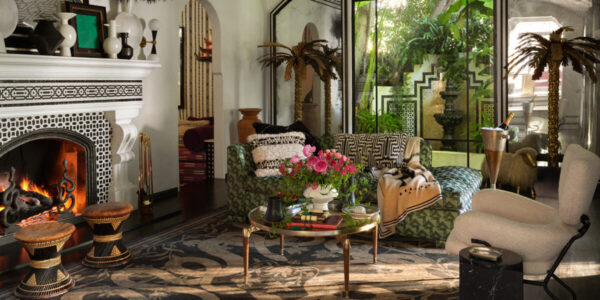John Clark
Wood
The wood—both in furniture and architecture—in Scandinavian style is often lightly painted white, whitewashed, or left bare to show its texture and imperfections. You might hear someone call it “blonde wood.”
Thomas J. Story
Simple shapes and clean lines
Whether in the architecture of a room (with an emphasis on boxy spaces) or the design of furniture (such as the Hans Wegner wishbone chair), you won’t see anything ornate. Simplicity reigns.
Thomas J. Story
Spare interiors
There isn’t a lot of extra furniture or accessories in Scandinavian style. The overall effect is minimal clutter.
John Ellis
Fearless accent colors
All that spare minimalism is punctuated by bright colors that often beg for “happy” monikers, such as citrus orange and yellows, deep turquoise, emerald greens, and tomato red.
John Ellis
Bold patterns
Along with color, you’ll often see more prominent use of pattern—often inspired by folk art—than is usually seen in the U.S. Some of the more famous examples are Josef Frank’s floral fabrics and Orla Kiely’s leaf motif, shown here.
Thomas J. Story
Contrast
There’s a touch of the futuristic in some Scandinavian design that comes from sleek shapes or features, often crafted from metal. It contrasts with the more organic materials like wood.
Eye-catching light fixtures
Pendant lights are often a room’s statement piece. The style is usually still minimal and unfussy, but the drama comes from the scale (oversize) and shape (unusual).
